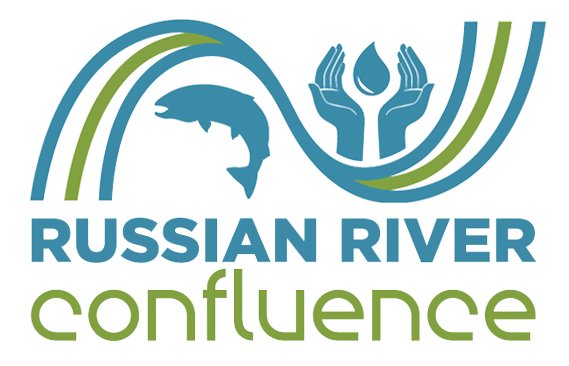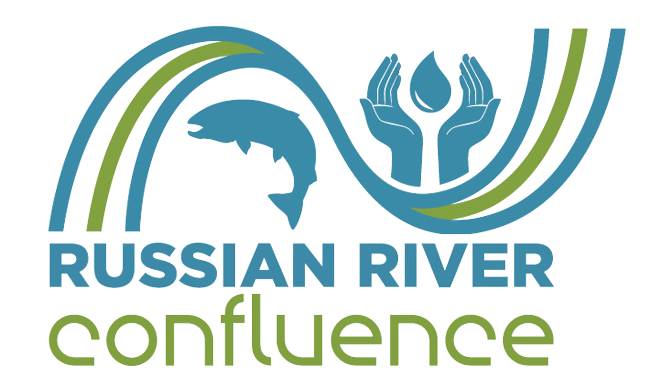Russian River Floodplain Restoration Spotlight
A critical part of restoring the Russian River is the ongoing work at the Hanson Site, a 357-acre area west of Windsor once dominated by gravel mining. Over the last 100 years, this site has lost 80% of its floodplain, leading to eroded riverbanks, the disappearance of vital juvenile salmon habitats, and increased flood risks for nearby communities. But the damage also presents an opportunity—one that Russian Riverkeeper is seizing by leading efforts to restore the site and bring back its natural ecosystems.
The restoration plan involves reshaping the terrain by filling in gravel pits and restoring the floodplain to reconnect it with the river. This will rehabilitate critical habitats, reduce the impact of invasive fish species, and provide flood protection. Upon completion, the Hanson Site will be transformed into the largest park along the Russian River, serving as a model for future restoration efforts. Russian Riverkeeper is leading the project, collaborating with engineers, managing onsite data, and securing vital funding to bring this monumental task to fruition.
In October 2024, a significant milestone for the Hanson Site restoration was marked with a public tour of the project. Attendees had the unique opportunity to walk the site and learn firsthand about the ongoing efforts to restore the former gravel mining area into a thriving floodplain. Don McEnhill of Russian Riverkeeper led an insightful presentation, detailing the intricate process of transforming the degraded landscape into a restored salmonid habitat, while also building long-term climate resiliency. For those who missed the tour, presentation slides and additional project information are available, offering a deeper look into this transformative restoration effort. View here.

